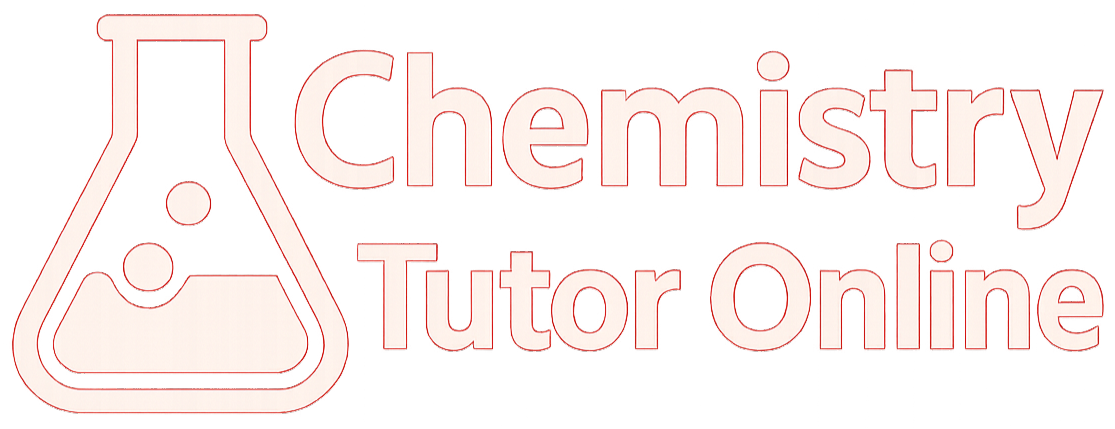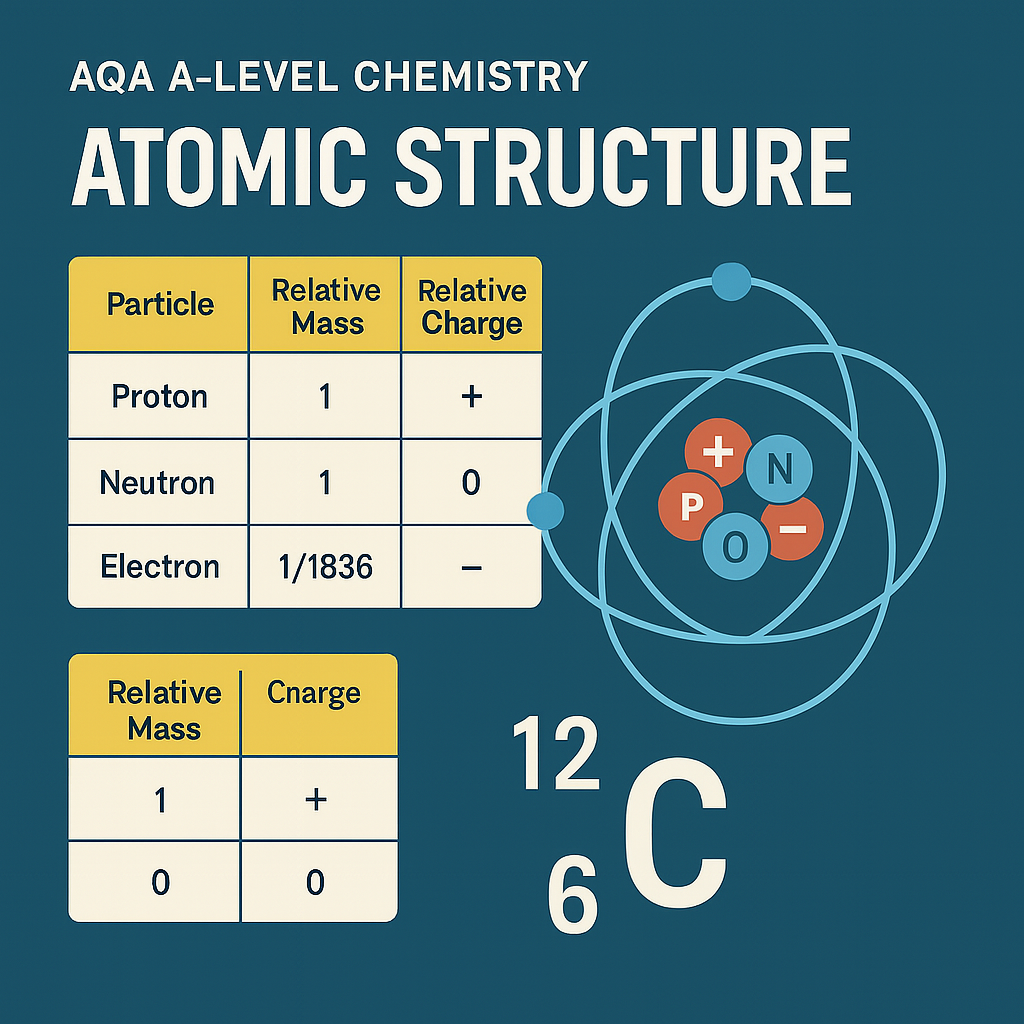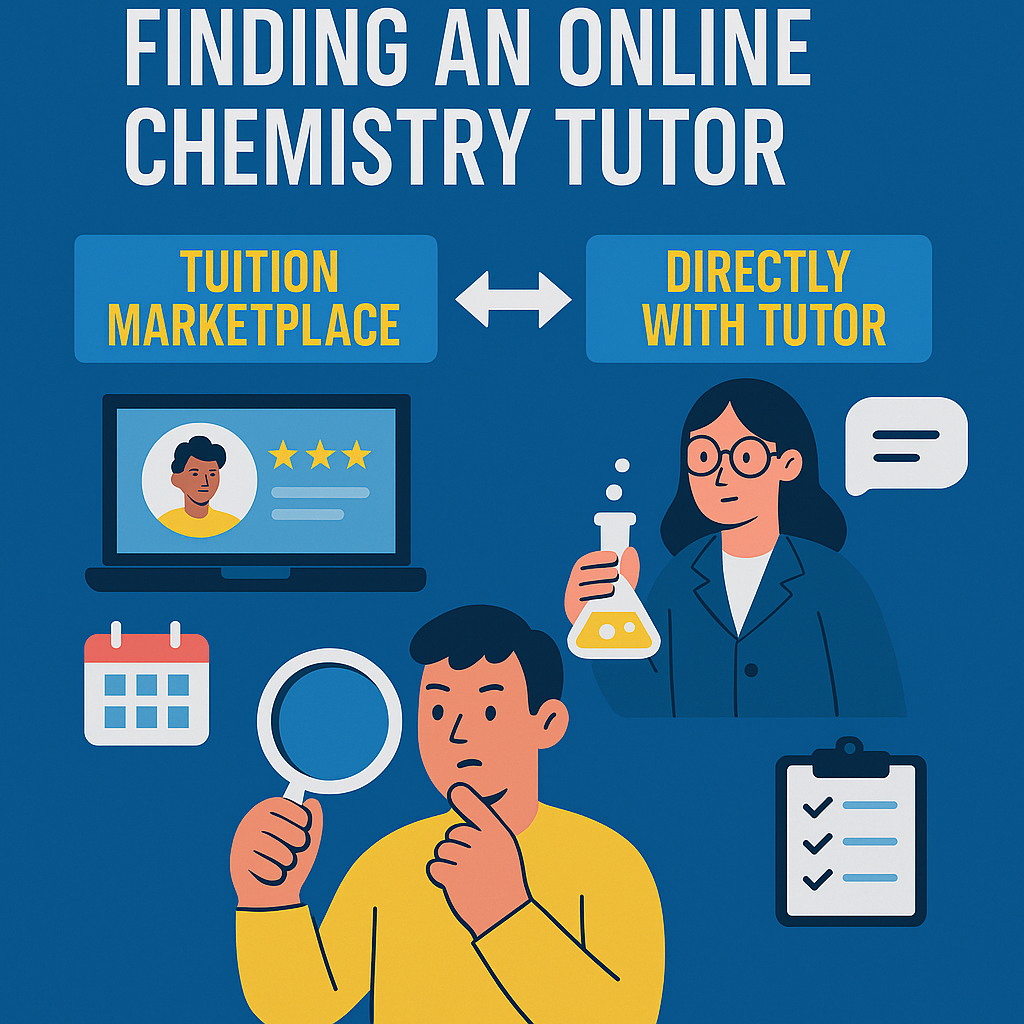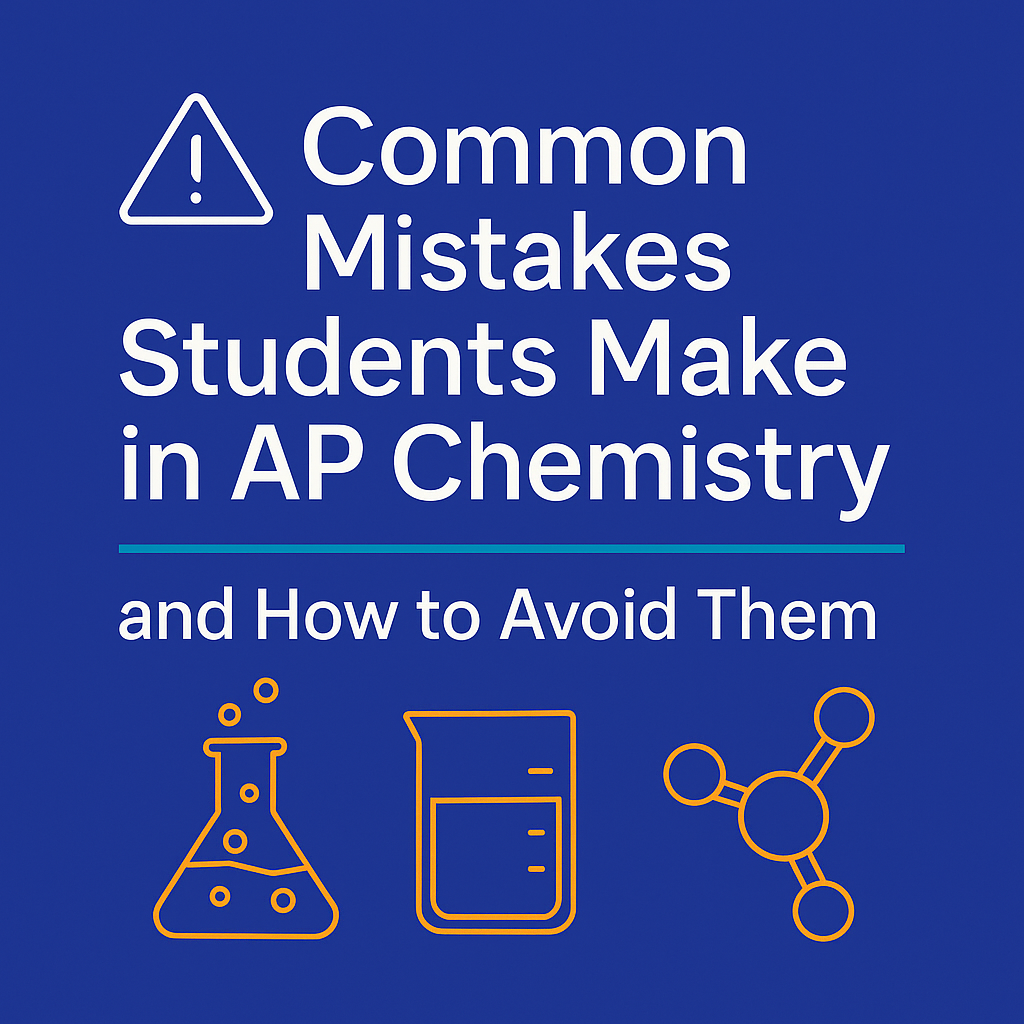Which A-Level Chemistry Exam Board Should You Choose?
Choosing the right board isn’t about finding the easiest—it’s about finding the best fit.
Which A-Level Chemistry Exam Board Should You Choose?
A-Level Chemistry is one of the most respected and rewarding science subjects—but it’s also one of the most challenging. If you’re preparing for sixth form or looking for private tuition, you might be wondering: Which exam board should I take Chemistry with?
In the UK, students typically take A-Level Chemistry with one of four main exam boards:
AQA (Assessment and Qualifications Alliance)
OCR A or OCR B (Oxford, Cambridge and RSA)
Edexcel A or Edexcel B (Pearson Edexcel)
CIE (Cambridge International Education)
Each board has its own style, structure, and flavour—and choosing the right one can influence your experience, performance, and revision strategy. This blog explains the key differences between the boards, what to expect from each specification, and whether any of them is harder, easier, or more highly valued by universities.
Why the Exam Board Matters in A-Level Chemistry
While all exam boards cover the same core subject—Chemistry—they do so in slightly different ways. That includes:
How content is structured across the two years
How practical skills are assessed
The wording and layout of exam questions
The balance between theory, maths, and application
How the syllabus supports different learning styles (e.g. traditional vs context-led)
Although universities generally accept all exam boards equally, the board you study with can affect your learning journey and your final grade. Let’s explore how.
AQA A-Level Chemistry: The Most Widely Used Board
Overview:
AQA is the most popular exam board for A-Level Chemistry in England. It follows a traditional, linear structure with clear division between physical, organic, and inorganic chemistry.
Specification style:
Three papers: Paper 1 (Physical + Inorganic), Paper 2 (Physical + Organic), Paper 3 (practical skills, synoptic content, and multiple choice)
All exams taken at the end of Year 13
Practical skills assessed through required practicals and Paper 3 questions
Strengths:
Clear and consistent layout
Well-defined mark schemes
Extensive bank of past papers and resources
Balanced approach to maths, theory, and application
Challenges:
Questions can feel predictable, which rewards preparation but may disadvantage creative thinkers
Some students find the Paper 3 multiple-choice section tricky under time pressure
Ideal for:
Students who prefer a structured, content-focused approach with lots of past paper practice and straightforward exam language.
OCR A-Level Chemistry: Two Routes—A and B
OCR offers two very different specifications: OCR A (traditional) and OCR B: Salters (context-led).
OCR A – The Traditional Route
Overview:
OCR A follows a familiar division of physical, inorganic, and organic topics, with an emphasis on rigorous understanding.
Specification style:
Three papers: Paper 1 (Periodic table & energy), Paper 2 (Synthesis & analysis), Paper 3 (Unified Chemistry)
Assessment of practical skills through required practicals and integrated questions
Strengths:
Conceptual clarity and scientific depth
Unified Paper 3 encourages students to make connections across topics
Trusted by many grammar schools and science-focused sixth forms
Challenges:
Paper 3 is synoptic and can surprise students who’ve only revised in topic blocks
Less accessible for students who struggle with abstract thinking
Ideal for:
Students aiming for medicine, natural sciences, or other rigorous science degrees who enjoy logical, structured science learning.
OCR B – The Salters Context-Led Approach
Overview:
OCR B (Salters) is radically different—it teaches chemistry through real-world contexts like pharmaceuticals, fuels, and food science.
Specification style:
Story-based modules (e.g. “Elements of Life”, “The Chemistry of Natural Resources”)
Three papers: Fundamentals, Scientific Literacy, and Practical Skills
Strong emphasis on application and communication
Strengths:
Highly engaging for applied learners
Helps students understand why chemistry matters in real life
Appeals to students who like narrative and meaning
Challenges:
Less structured than traditional routes
Exam questions often blend content and application, which can be difficult without strong reading comprehension
Ideal for:
Students who enjoy applied science, storytelling, and interdisciplinary learning—or who may not be targeting traditional science careers.
Edexcel A and B: Two Takes on Chemistry with Pearson
Edexcel (by Pearson) also offers two specifications for A-Level Chemistry: Edexcel A and Edexcel B. Both are fully linear and assessed at the end of Year 13.
Edexcel A – The Classic Path
Overview:
Edexcel A is the more traditional option, structured into topics with regular progression from fundamental to advanced content.
Specification style:
Three exam papers (Paper 1, Paper 2, Paper 3)
Practical skills assessed through Paper 3 and internal endorsement
Clear formula sheets and accessible equations
Strengths:
Simple specification structure
Lots of past papers available
Paper 3 balances synoptic and practical knowledge
Challenges:
Exam language can be more ambiguous than AQA
Slightly more memorisation-heavy in some areas
Ideal for:
Students looking for a middle ground between AQA and OCR A—solidly academic with slightly less pressure on logic-based application.
Edexcel B – The Contextual Choice
Overview:
Like OCR B, Edexcel B teaches chemistry through themes and real-world applications.
Specification style:
Context-based units like “The Elements of Life” and “The Ozone Story”
Synoptic Paper 3 focuses on understanding the bigger picture
Practical skills integrated into teaching and assessment
Strengths:
Engaging for students who ask “Why are we learning this?”
Promotes scientific literacy and communication
Supports students interested in environmental, pharmaceutical, or applied science
Challenges:
Can feel confusing if students expect traditional topic order
Fewer resources compared to Edexcel A and AQA
Ideal for:
Students who thrive when science is taught through stories and real-world problems.
CIE (Cambridge International): The Global Option
Overview:
CIE A-Level Chemistry is most common in international schools and private centres. It’s a rigorous, content-rich curriculum used worldwide.
Specification style:
Separate AS and A2 exams
Option to sit A-Level exams all at once or across two years
Strong focus on experimental chemistry and clear specification wording
Strengths:
Highly academic and well-respected internationally
Suitable for students applying abroad
Excellent preparation for STEM degrees
Challenges:
May be considered more difficult due to depth and volume of content
UK-based students may find fewer past paper resources compared to AQA/OCR
Ideal for:
International students or private candidates seeking a globally recognised A-Level in Chemistry.
Which Exam Board Is the Hardest for A-Level Chemistry?
This is a common question—and the answer is nuanced.
Technically, no exam board is officially harder than another. They are all designed to meet the same Ofqual standard. Grade boundaries are adjusted to account for variations in difficulty year to year and board to board.
However, based on tutor and student feedback:
| Exam Board | Perceived Difficulty | Why? |
|---|---|---|
| OCR A | High | Challenging synoptic paper, deep conceptual focus |
| AQA | Moderate | Structured and predictable, rewards methodical revision |
| Edexcel A | Moderate | Slightly more memorisation, manageable maths |
| OCR B (Salters) | Mixed | Great for applied learners, but context can confuse traditional learners |
| CIE | High | Large content volume, exam depth, international rigor |
So, the “hardest” board often depends on your learning preferences, teacher quality, and access to resources.
Do Universities Prefer One Exam Board Over Another?
No. Universities do not give preference to any one A-Level Chemistry exam board.
Admissions tutors care about:
Your predicted and actual grade
Your reference and personal statement
Your aptitude (especially for medicine or natural sciences)
However, some universities may be more familiar with AQA and OCR A, simply because they’re more common in UK schools. That means teachers and tutors preparing students for Oxbridge, medicine, or STEM degrees often lean toward those boards for their consistency and rigour.
Which Board Should You Choose for A-Level Chemistry?
Here’s a quick guide to help you decide:
| You are... | Recommended Exam Board |
|---|---|
| A structured learner who likes clear mark schemes and lots of past paper practice | AQA |
| A logical thinker aiming for medicine or Oxbridge science | OCR A |
| Someone who enjoys real-world applications and story-based learning | OCR B (Salters) or Edexcel B |
| Looking for a straightforward content-led teaching experience | Edexcel A |
| An international student or private candidate needing global recognition | CIE |
Final Thoughts: Content Is Key, But So Is Compatibility
At the end of the day, all A-Level Chemistry courses cover the same core ideas: bonding, energetics, kinetics, equilibrium, organic chemistry, and analysis. The differences lie in how the material is packaged, taught, and assessed.
Choosing the right board isn’t about finding the easiest—it’s about finding the best fit. Talk to your teachers, review the specification documents, look at past papers, and choose the exam board that makes you feel confident and supported.
Need help mastering your A-Level Chemistry board?
Book a 15 mins consultation with Dr Marguerite Quinn, expert A-Level Chemistry tutor with experience across AQA, OCR, Edexcel, and CIE. Get tailored support, exam technique coaching, and strategies to boost your grades—no matter your board.





Understand AQA A-Level Chemistry Section 3.1.1.2 on mass number and isotopes. Learn key definitions, isotope notation, calculations, and how this topic builds your scientific and exam skills.